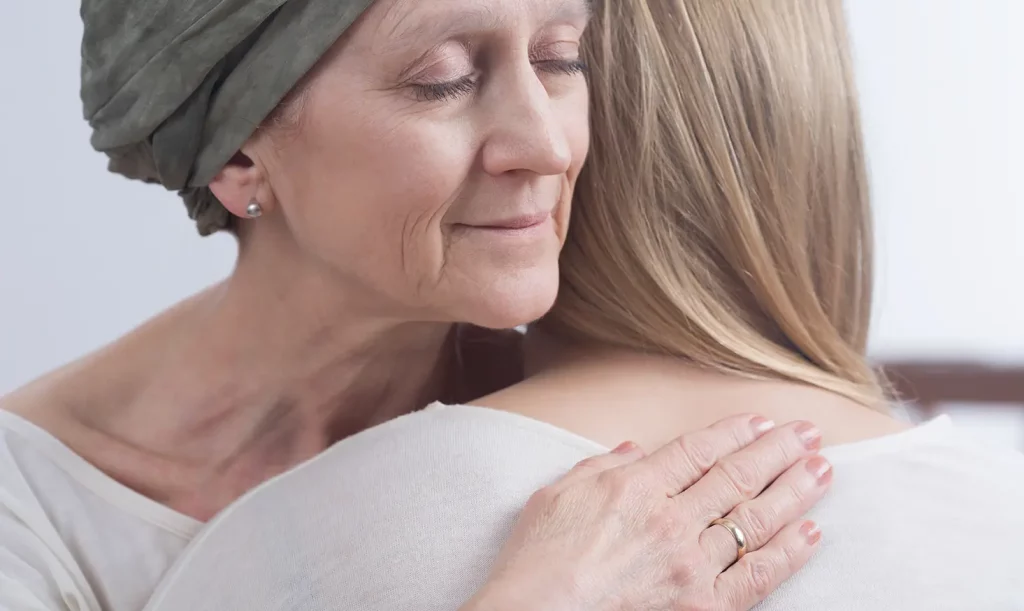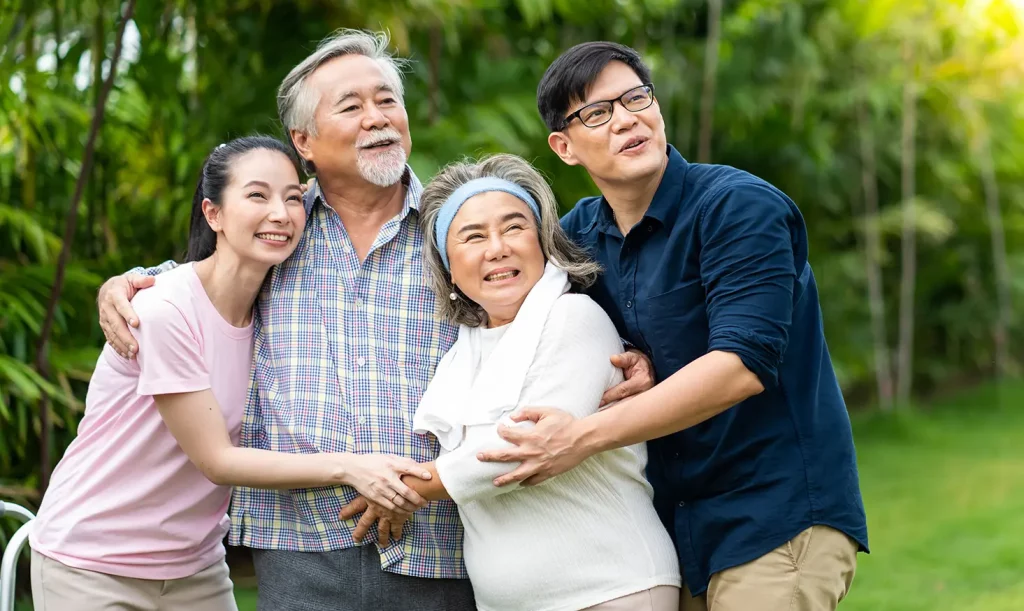Share This:

Until the 1990s, the standard treatment approach for early breast cancer involved surgery followed by chemotherapy and radiotherapy. However, with the introduction of neoadjuvant chemotherapy, this paradigm shifted to account for different breast cancer subtypes. Initially, neoadjuvant chemotherapy was developed to convert inoperable tumors into operable ones and to shrink tumors for more conservative surgeries. As breast cancer subtypes became more clearly defined, oncologists identified two subtypes—triple-negative and HER2-positive breast cancers—that are most likely to respond to neoadjuvant chemotherapy. While current data show that neoadjuvant chemotherapy can prolong disease-free intervals, there is no conclusive evidence yet on improved overall survival. However, the benefits of improving success rate of conservation surgery and allowing response assessment makes neo-adjuvant therapy a preferred choice of treatment in selected cases.
In summary, with the growing understanding of the molecular subtypes of breast cancer, surgeons and oncologists are collaborating closely to develop personalized treatment plans for each patient. Oncologists are also working hand in hand with pathologists to accurately identify the specific
subtype of breast cancer, allowing for the most tailored systemic therapies to be provided.

Our oncology team is attentive to every need from information and consultation to treatment and rest. Regardless of the questions that cancer may pose, we will take the time to answer, guide and share – because we understand and care. The Cancer Centre is located at Paragon Medical & Mount Elizabeth Novena Specialist Centre.
Share This:




















The Cancer Centre @ Mount Elizabeth Orchard
3 Mount Elizabeth #03-04
Mount Elizabeth Medical Centre
Singapore 228510

BOOK AN APPOINTMENT
Được thành lập vào năm 2005, Tập đoàn Y tế Singapore (SMG) là một tổ chức chăm sóc sức khỏe với mạng lưới các nhà cung cấp chuyên khoa tư nhân trên bốn trụ cột đã được thiết lập - Thẩm mỹ, Chẩn đoán hình ảnh & Sàng lọc, Ung thư và Sức khỏe Phụ nữ và Trẻ em. Tại Singapore, SMG có hơn 40 phòng khám có vị trí chiến lược ở trung tâm Singapore và các khu trung tâm. Ngoài Singapore, SMG cũng đã có mặt tại Indonesia, Việt Nam và Úc. Tìm hiểu về chính sách bảo mật của chúng tôi tại đây.
